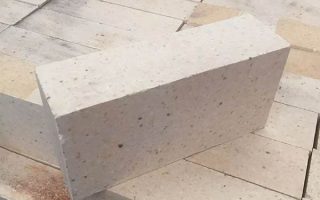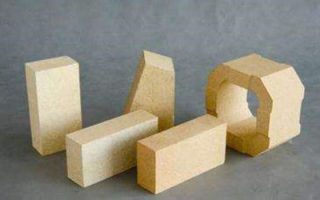Refractory materials generally refer to inorganic non-metallic materials with a refractory of not less than 1580°C. Tamen, the definitions vary around the world, for example, the international standard officially published by the International Organization for Standardization (ISO) stipulates that “refractory materials are non-metallic materials or products with refractories of at least 1500°C”.
Japan defines it as “inorganic non-metallic materials that are difficult to melt at high temperatures”. Although the definition of refractory material differs from country to country, the basic concept is the same. That is, refractory materials are used as structural materials for high-temperature kilns, fornoj, and other thermal equipment, as well as materials for industrial high-temperature containers and components, and can withstand the corresponding physical and chemical changes and mechanical effects.
refractaria briko
Unlock the potential of our refractory bricks for your cement kilns. Enhance clinker production and reduce energy consumption.
Elfaraj Karakterizaĵoj De Ĉiutagaj Refractariaj Brikaj Produktoj
La kemia konsisto kaj strukturo de alt-temperaturaj vitrobrikoj estas la sama kiel tiu de ordinaraj fornegaĵoj.. La kemia konsisto de obstinaj materialoj estas ĉefe kunmetita de silicoksido (SiO2), Al2O3, SiO2, MgO2, Fe2O3, MgO, kaj MgO.
Aluminosilikataj refractaĵoj estas faritaj el silic-bazitaj, sinterigita ĉe altaj temperaturoj kun taŭga kvanto da alkala fandita likvaĵo, kaj estas varmigitaj kaj degelitaj aŭ meĥanike muelitaj por produkti sinteritan krudaĵon aŭ prilaboritaj per certa procezo.


